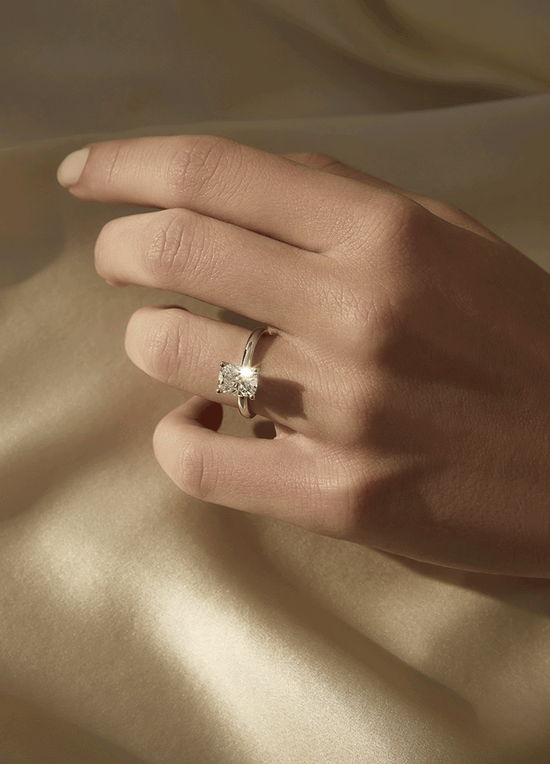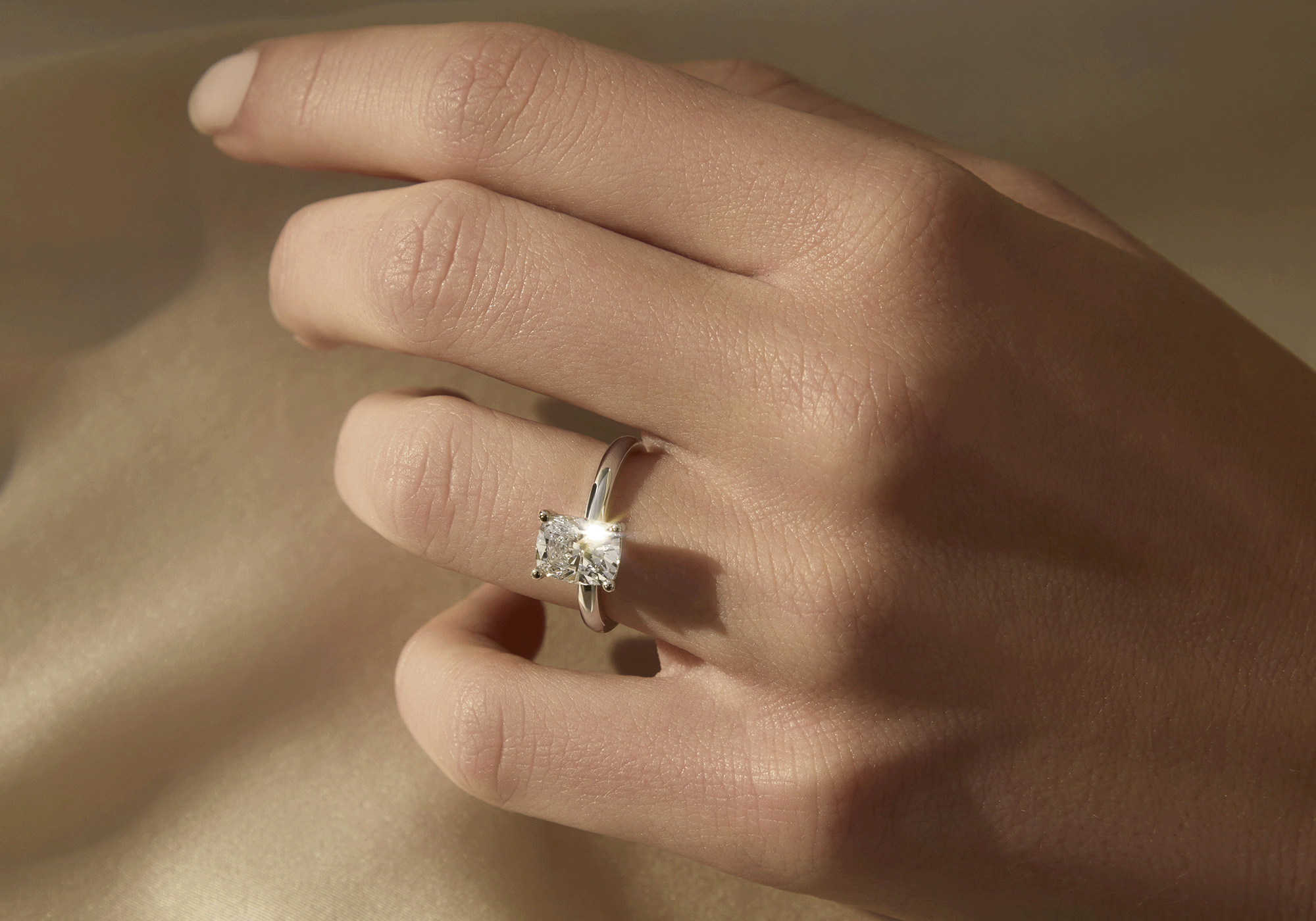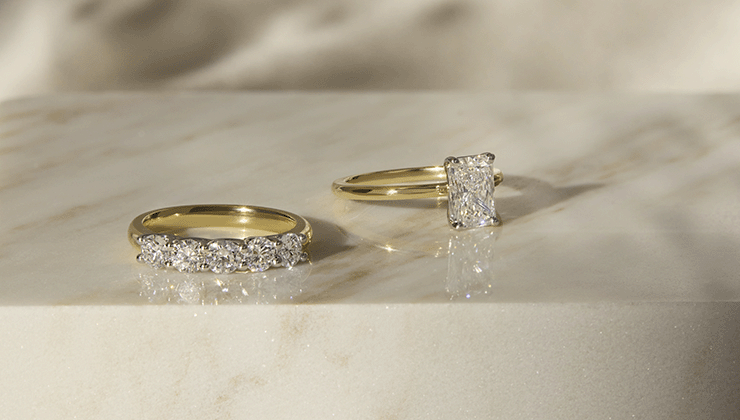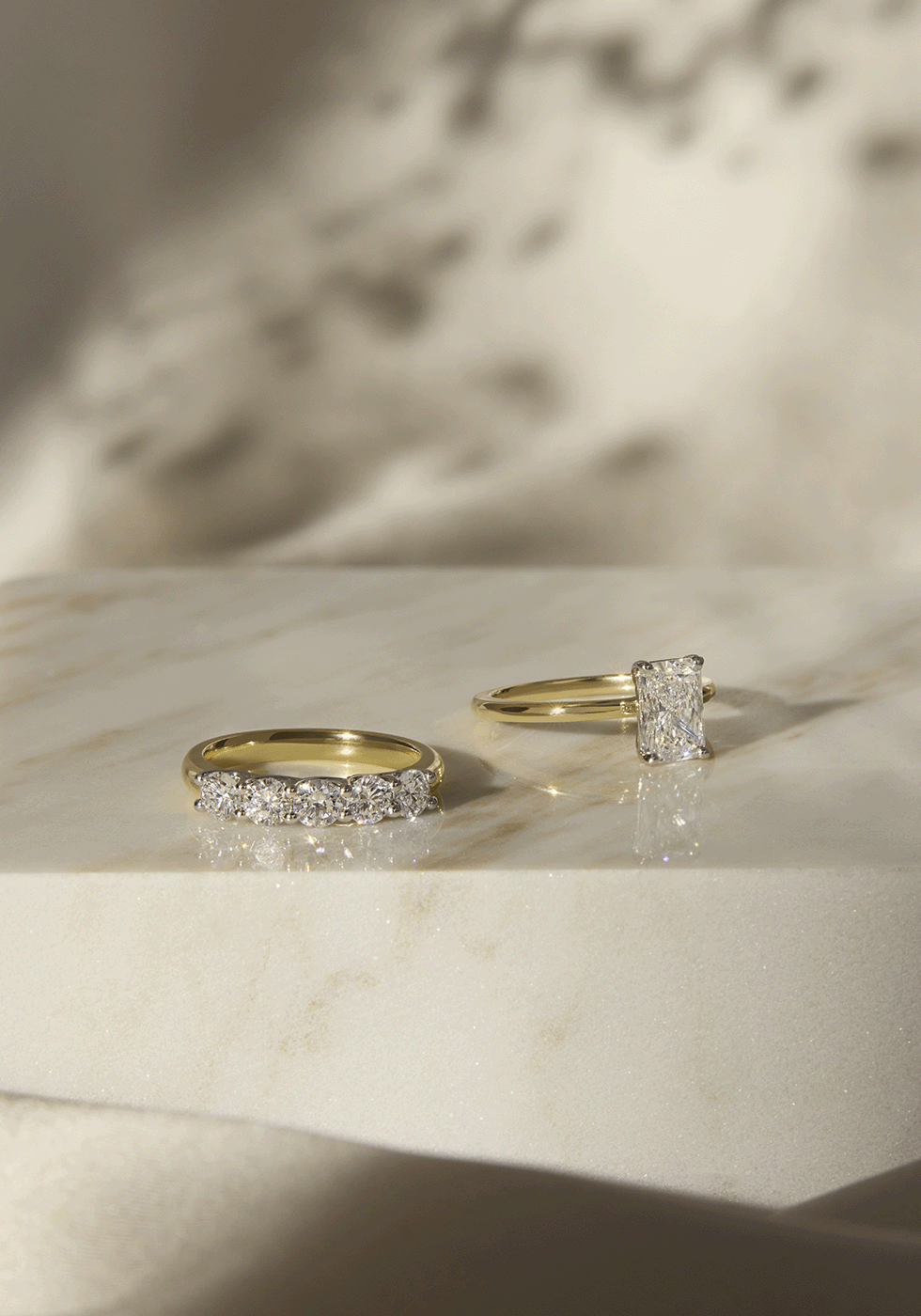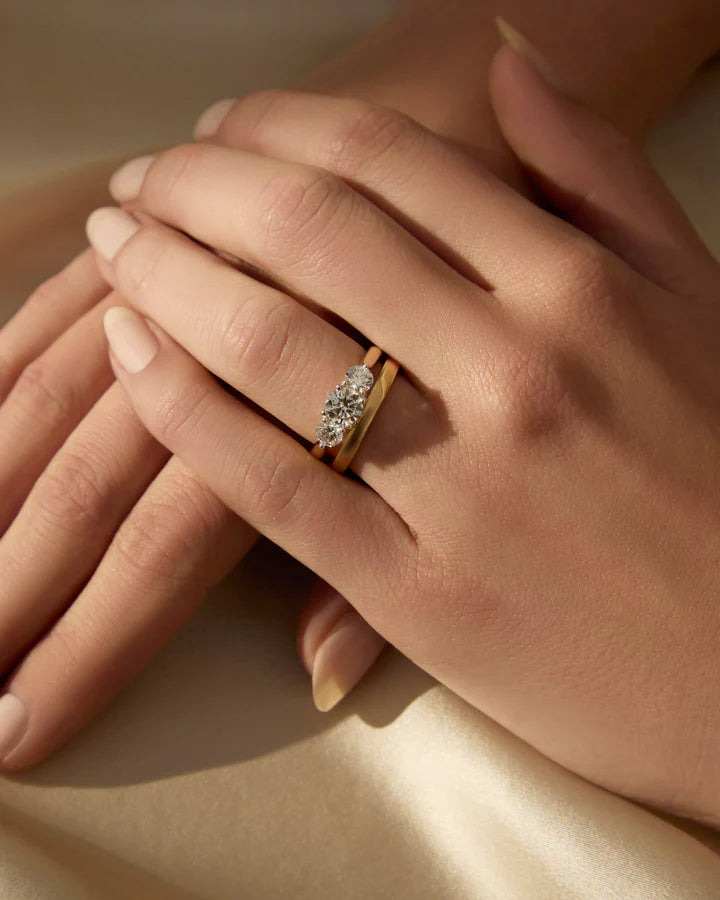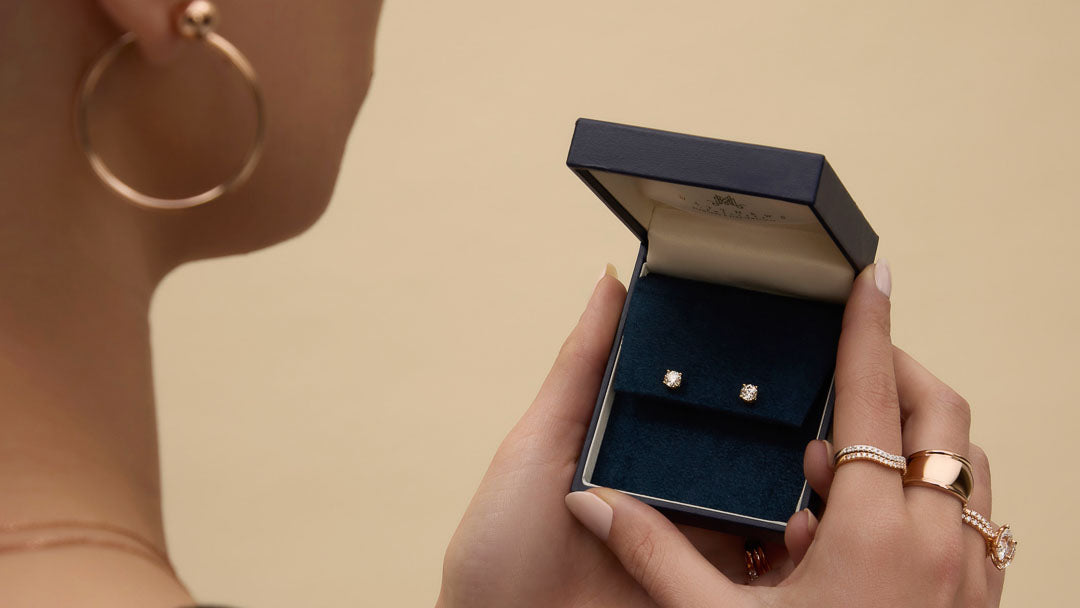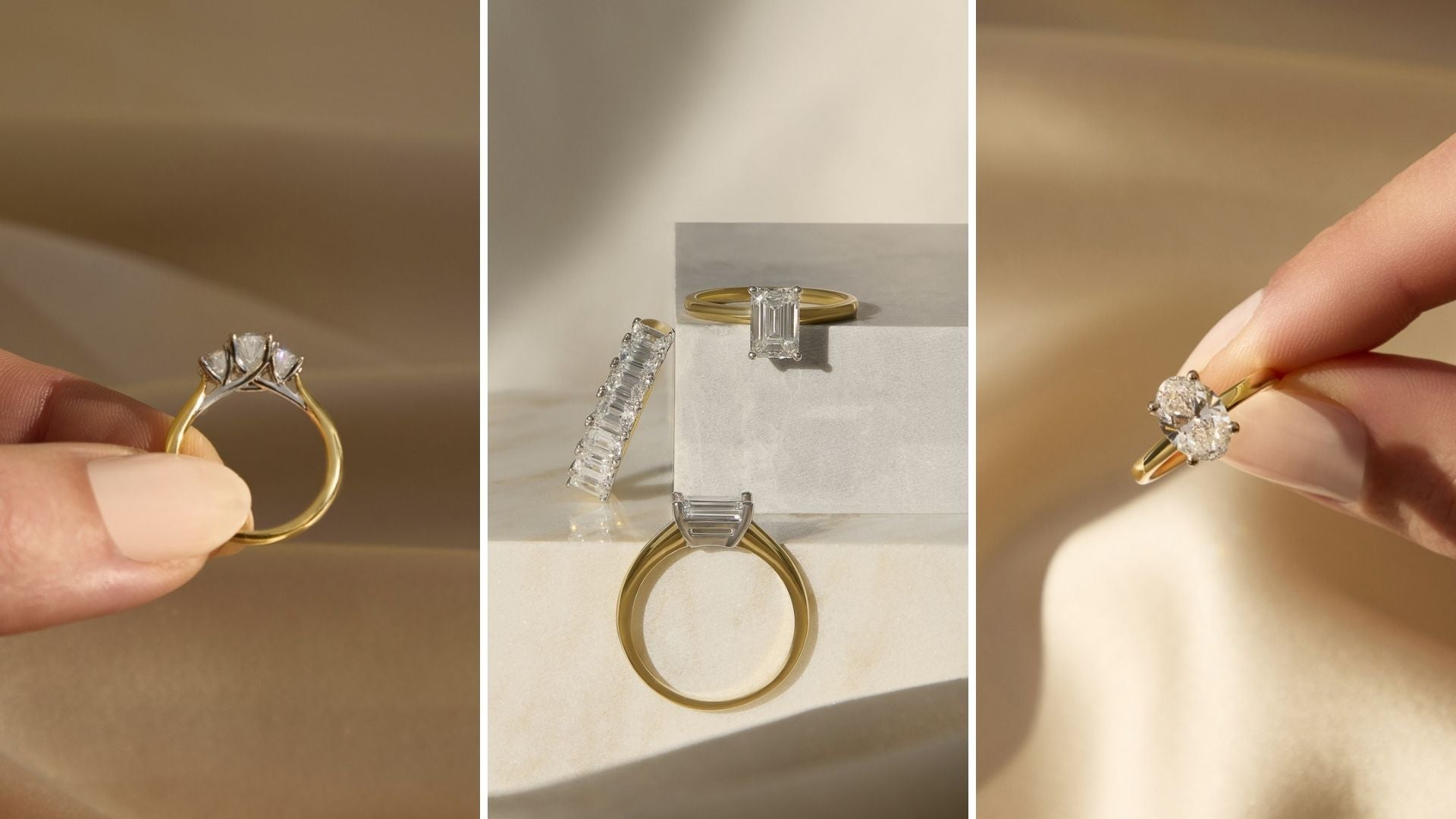
About Sapphire Dreams
The story behind the brand
Founded in 2021, Sapphire Dreams pays homage to the natural beauty of Australian sapphires, celebrating the art of exceptional craftsmanship and contemporary jewellery designs.
Proudly Australian owned and operated, the team has over 55 years of experience in the luxury jewellery industry.
Every sapphire in the Sapphire Dreams collection has been sustainably sourced from Australian mines, all operating ethically in accordance with government regulations.

The legacy of Australian Sapphires
Sapphires are some of the world’s oldest gemstones: every gemstone is billions of years old. Born in the aftermath of wild volcanic eruptions, these mesmerising treasures were unearthed from the deep core of New England Fields in Northern New South Wales and gently undulating low hills in Central Queensland.
Every sapphire begins their journey as a rough stone, passing through the hands of highly skilled gem cutters to bring it to its final product. At the end of it, a sapphire attains a profoundly rich and uniform colour and the excellence of artisan cut. With meticulous precision and careful attention to every detail, expert artisans transform these exquisite stones into heavenly jewellery creations.
Australian sapphires are known for their healing properties. Today, many people wear sapphire jewellery for protection and peace. A renowned symbol of wisdom, over time sapphires became associated with virtue, loyalty and devotion. From ocean blue to multi-coloured parti, Sapphire Dreams collections boast a remarkable variety of colours and designs to choose from.
Sapphire Dreams tells the story of these noble gems that embody the Australian wilderness and the beauty and history of ancient Australian landscapes. Every collection is exquisite, featuring unique jewellery designs set in 9ct and 18ct yellow, white and rose gold and set with Australian sapphires. A tribute to first-class craftsmanship, every piece of jewellery is a work of art and is incredibly unique.
Education
Facts about Australian Sapphire
Hardness
At a Mohs hardness scale of 9, Australian sapphires are second only to diamond in gemstones. This means that these precious gems are more resistant to abrasion compared to other stones and take a beautiful high polish. They are also strong and not so easily broken or chipped. Australian sapphires are also quite tough and resistant to sudden changes in temperature.
Born from Volcanic Environments
Australian sapphires are of volcanic origins, which means these gems are formed from the mineral rich lavas produced by volcanic eruptions. This is different to the other sapphires around the world (Sri Lankan, Burmese) which are formed in metamorphic environments (rocks subjected to high pressure).
Classified as Corundum
All sapphires, including Australian sapphires are crystalline aluminium oxide, the mineral name for which is corundum. Corundum is composed of Crystalline Aluminium oxide (Al₂O₃), and have a specific gravity of 3.9 to 4.
Ethics
Australian sapphires are internationally recognised as they are ethically mined. The Australian Government implements and monitors mining practices closely, ensuring that these processes are environmentally friendly and aligned with worker laws. These processes, whether large or small, employ restorative mining practices to return the environment to its original state.
The Colour Range
Australian sapphires come in a range of colours from pure blue, through green to yellow and gold, occasionally displaying rare orange or pink hues. Teal sapphires are another one of Australia's most recognised colours, sitting between blue and green on the colour chart.
The rough produced from each of the major fields has its own characteristics
NSW fields produce slightly more pure blues, less greens, yellow and parti stones. Considerably large stones are rare and the majority of a mine run would be in the size range of one carat or less.
The QLD fields produce slightly darker/less pure blues, and a far greater proportion of greens, yellows and parti material. The average mine run parcels from this location tend to be of a larger carat size. Majority of Sapphire Dreams sapphires are sourced from QLD mines.
Colour banding and Parti Sapphire
An important feature displayed by many Australian sapphires is prominent colour banding. Often a sapphire will be coloured by bands of blue and yellow, blue and green or green and yellow (blue, yellow, and green). Well separated colour bands allow the stone to be cut as a distinctive bi-colour stone.
Stones with a more separated mixture of colours may produce sought after “parti” sapphires. A Parti sapphire displays two or more colours within a single stone. These colours are clear in different lighting, ranging from highly juxtaposed blue and yellow stones, to more common blue and green or green and yellow.
Due to the numerous combinations of colours resulting from a trigonal crystalline structure, Australian sapphires are some of the most interesting gemstones available.
The main colours of Australian Sapphires
Roughly 80% of Australian sapphires occur in shades of blue, 10% are parti and 5% are shades of the rare yellow or green

Yellow
Brilliant, Bright and Stunning, the Yellow Sapphire draws its colour from the Ion pairs of Fe3+ (iron absorption spectrum). Increasing Fe3+ creates a more Golden colour, while adding Mg creates a glistening orange.

Green
The green sapphire pulls its main colour due to a mixture of Yellow and Blue, also highly dependent on the concentration of Fe (Iron). Darker Green Sapphires are valued much more favourably and are ultimately rarer in nature.

Blue
Blue is the most widely known and familiar colour of the Sapphire. There is a variety of subset colours that can be denominated for the Blue Sapphire such as Cornflower, Royal, Midnight, Steel or Indigo. The purity of the colour is dependent on the element Fe (Iron).

The Australian Parti Sapphire
These stunning sapphires come in variations of Blue, Green and Straw (Yellow). The majority of Parti Sapphires will exhibit a distinct bi-partisan between two of the aforementioned colours. The rarest Parti sapphires exhibit all three. Due to this unique colour partisan, no two Australian Parti Sapphires are the same. Australia produces the majority of Parti Sapphires globally, and as this precious gemstone gains popularity, so does its value.

The Australian Teal Sapphire
The Teal sapphire has gained renown due to its interesting colour mixtures. An imperfect combination of Blue and Green, each teal sapphire flashes noticeable pockets of colour in different forms of lighting. Australia produces the majority of the world's teal sapphires, and are the ones setting the trend for their exceptional beauty and unique colour.
Mining in New South Wales
New South Wales fields are known for their exquisite, pure blue stones, with large mining fields operating in the New England district. NSW fields follow large open cut mechanical mining techniques, and large stones are rare with the majority of mine runs being the size range of less than one carat.
Mining in Queensland
Sapphire dreams is partnered with FURA who have 100% ownership of Capricorn Sapphire and Great Northern Mining, close to Emerald in Central Queensland. FURA uses open-pit mines which deliver an estimate of 6 million carats of sapphire each year. These Queensland mines are recognised for their greens, yellows, teals and parti sapphire.
Sapphire Dreams Craftsmanship
All Sapphire Dreams Jewellery is crafted in either 9ct or 18ct gold. Before the crafting process starts, each item is designed in-house by talented Australian jewellery designers. They get to visualise it using hand drawing and CAD (Computer Aided Design) techniques to make sure products are visually appealing and structurally sound.
Sapphire Dreams utilises Australian based or overseas jewellers to cast and finish the item, combining their approved Kimberley Process - non conflict white diamonds with ethical and sustainable Australian Sapphires.
What is the difference between 9ct and 18ct gold?
The difference between the two gold hallmarks is the amount of gold content within each jewellery piece. 9ct is composed of 37.5% gold and 62.5% alloy, while 18ct is composed of 75% gold and 25% alloy. The alloy used dictates the colour of the finished metal. Palladium is used to create white gold, while copper is used to create rose gold.


